Ozgur Ergul - Introduction to Electrical Circuit Analysis
Here you can read online Ozgur Ergul - Introduction to Electrical Circuit Analysis full text of the book (entire story) in english for free. Download pdf and epub, get meaning, cover and reviews about this ebook. year: 2017, publisher: Wiley, genre: Computer. Description of the work, (preface) as well as reviews are available. Best literature library LitArk.com created for fans of good reading and offers a wide selection of genres:
Romance novel
Science fiction
Adventure
Detective
Science
History
Home and family
Prose
Art
Politics
Computer
Non-fiction
Religion
Business
Children
Humor
Choose a favorite category and find really read worthwhile books. Enjoy immersion in the world of imagination, feel the emotions of the characters or learn something new for yourself, make an fascinating discovery.
- Book:Introduction to Electrical Circuit Analysis
- Author:
- Publisher:Wiley
- Genre:
- Year:2017
- Rating:4 / 5
- Favourites:Add to favourites
- Your mark:
Introduction to Electrical Circuit Analysis: summary, description and annotation
We offer to read an annotation, description, summary or preface (depends on what the author of the book "Introduction to Electrical Circuit Analysis" wrote himself). If you haven't found the necessary information about the book — write in the comments, we will try to find it.
A concise and original presentation of the fundamentals for new to the subject electrical engineers
This book has been written for students on electrical engineering courses who dont necessarily possess prior knowledge of electrical circuits. Based on the authors own teaching experience, it covers the analysis of simple electrical circuits consisting of a few essential components using fundamental and well-known methods and techniques. Although the above content has been included in other circuit analysis books, this one aims at teaching young engineers not only from electrical and electronics engineering, but also from other areas, such as mechanical engineering, aerospace engineering, mining engineering, and chemical engineering, with unique pedagogical features such as a puzzle-like approach and negative-case examples (such as the unique When Things Go Wrong section at the end of each chapter). Believing that the traditional texts in this area can be overwhelming for beginners, the author approaches his subject by providing numerous examples for the student to solve and practice before learning more complicated components and circuits. These exercises and problems will provide instructors with in-class activities and tutorials, thus establishing this book as the perfect complement to the more traditional texts.
- All examples and problems contain detailed analysis of various circuits, and are solved using a recipe approach, providing a code that motivates students to decode and apply to real-life engineering scenarios
- Covers the basic topics of resistors, voltage and current sources, capacitors and inductors, Ohms and Kirchhoffs Laws, nodal and mesh analysis, black-box approach, and Thevenin/Norton equivalent circuits for both DC and AC cases in transient and steady states
- Aims to stimulate interest and discussion in the basics, before moving on to more modern circuits with higher-level components
- Includes more than 130 solved examples and 120 detailed exercises with supplementary solutions
- Accompanying website to provide supplementary materials www.wiley.com/go/ergul4412
Ozgur Ergul: author's other books
Who wrote Introduction to Electrical Circuit Analysis? Find out the surname, the name of the author of the book and a list of all author's works by series.

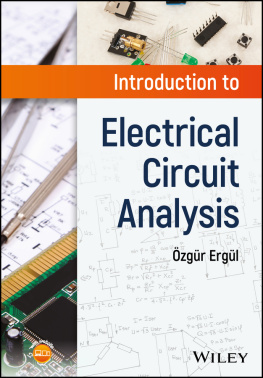

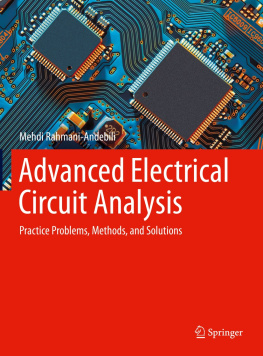
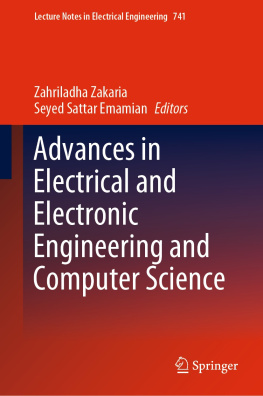
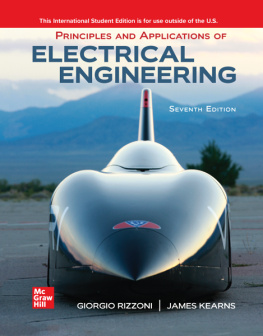
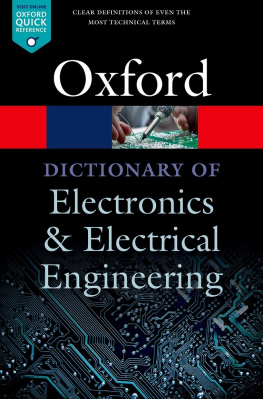

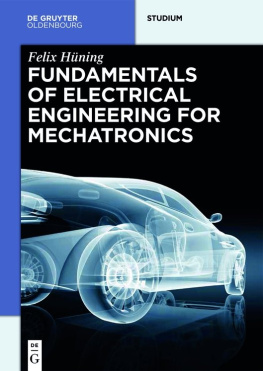
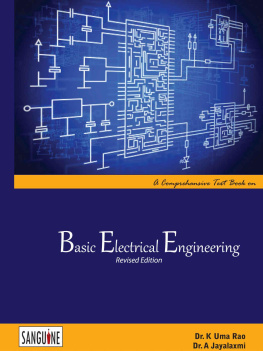

 kg
kg  /s
/s
 ):
): 
 ):
): 
 ):
): 

 A
A 
 A
A  A
A A
A  A
A  A
A A
A  A
A and
and 


